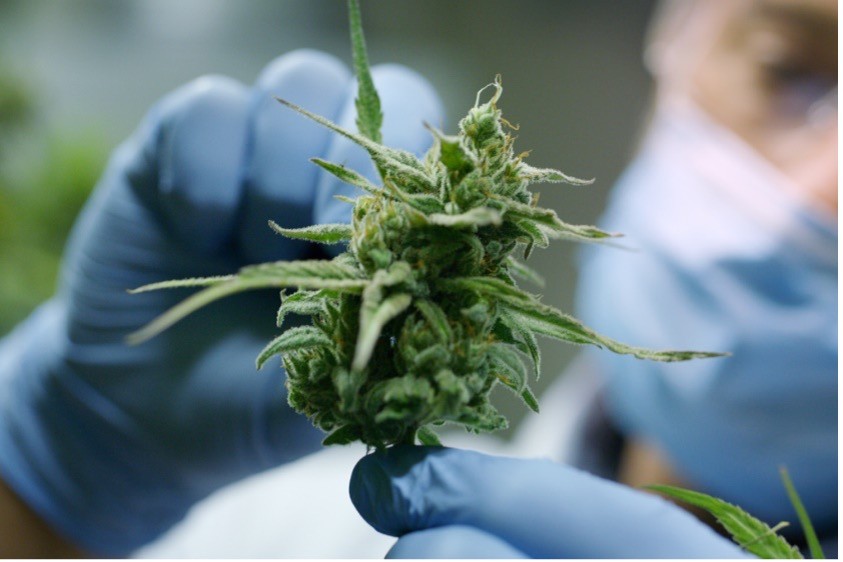The Safe Kids Worldwide and hospital emergency room survey reports found that 1.35 million youngsters suffer from severe sports injuries every year in the US. Minor bumps, cuts, and bruises are common among active kids. However, serious sports-related injuries that may lead to a visit to the ER or worse still, a hospital admission, needs immediate attention to prevent the situation from deteriorating. According to the data of the University of South Florida Sports Medicine and Athletic Related Trauma (USF-SMART) Institute of high school athletes, 971 sports-related injuries were reported among the students in west central Florida in 2014-2015. Fortunately, the Sunshine State has a number of wellness centers that offer alternative medicine to heal sports injuries. You will come across many such health clinics in Trinity as well that practice natural medicine. The two most common methods used to alleviate injury-related pain are heat and cold therapy. Read on to learn how and when you can benefit from both.
Hot Packs for Chronic Injuries
Heat therapy is usually used for chronic injuries that are subtle, persistent, and develop gradually. If teens experience swelling or inflammation, they must avoid this form of treatment. Young athletes plagued with painful, stiff, and sore muscles, or joint pain can opt for hot packs. Sportspersons with chronic pain or injuries may apply heat therapy before they work out. This is important to improve blood circulation and to enhance the flexibility of joint connective tissues. Do not use a hot pack after exercise. Instead, apply an ice pack after you work out. Hot packs are not suitable for athletes with inflammation because heat raises skin temperature and enhances circulation.

Applying Hot Packs
Apply the pack safely on the affected area for about 15-20 minutes. Remember to use an adequate amount of layering between the heat source and your skin to avoid burns. Apply a hot and wet towel, as moist heat is ideal for treating chronic sports-related injuries. You may use special athletic heating pads or packs if you require heat therapy frequently. Avoid leaving hot packs on the injured area for more than 20 minutes or when you are sleeping.
Cold Therapy for Acute Injuries
Ice therapy is the best treatment for young athletes suffering from acute injuries as it helps in alleviating pain, swelling, and discomfort. Doctors recommend ice because it is a good vasoconstrictor, i.e. it causes blood vessels to narrow and controls internal bleeding at the site of injury. Cold therapy is also beneficial for healing chronic pain and overuse injuries in athletes. Young athletes suffering from chronic knee pain that aggravates after a sprint may like to apply an ice pack after the activity to prevent or reduce inflammation.
Applying Cold Packs
To heal an injury, wrap ice cubes in a soft towel and apply it on the injured area for about 10 minutes. Use the pack for the second or third time after your skin temperature becomes normal. If you have a serious injury, apply ice packs several times a day and continue the treatment for three days. Use quality cold packs for best results. You will also benefit from an ice bag, a pack of frozen peas, or an ice massage with frozen water in a paper cup. Make sure that you peel the paper cup as the ice melts.
Choose heat or cold therapy depending on the nature of your sports injury. Athletes can alleviate pain and inflammation by opting for alternative therapies. If you are from Florida, consider visiting a wellness clinic specializing in natural sports medicine in Trinity or nearby areas. Ditch the painkillers and heal pain naturally.














